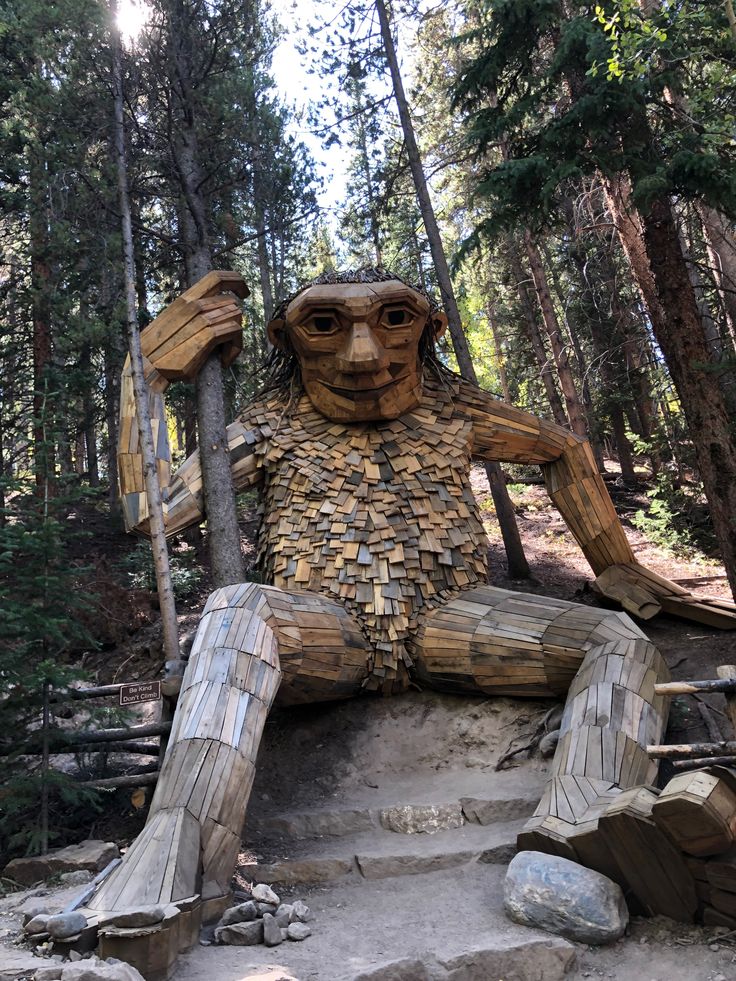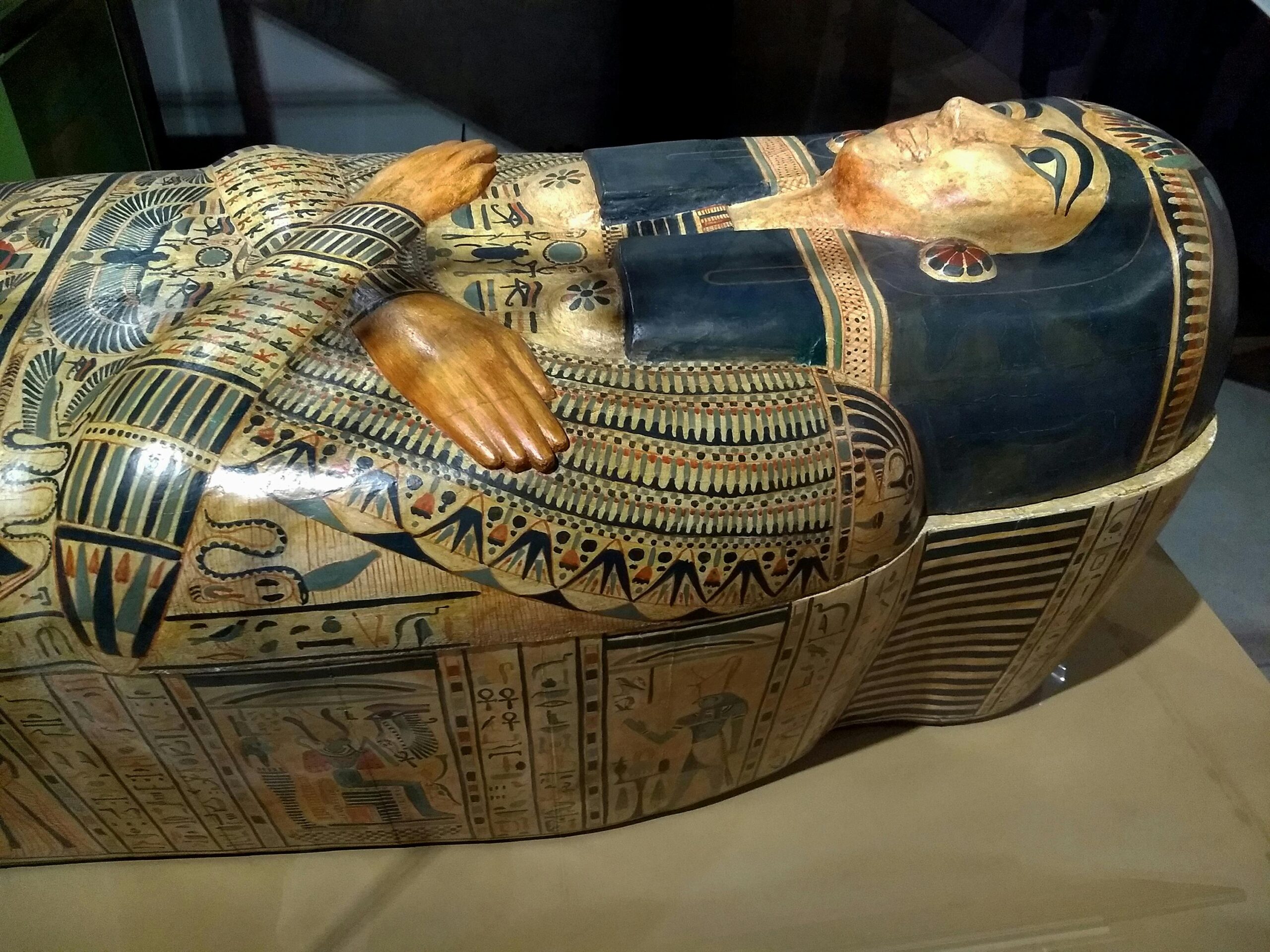Baalbek Temple Ruins

If you’re planning to travel Lebanon, one destination stands out among the many remarkable sites: the Baalbek Temple ruins. Located in the Beqaa Valley, this ancient wonder is not just one of Lebanon’s best places to visit but also one of the most impressive archaeological sites in the world. Whether you are a history enthusiast, an architecture lover, or simply someone seeking awe-inspiring experiences, a visit to Baalbek is a journey through time. Here’s a detailed guide to help you discover the significance, architecture, and practical tips for visiting the Baalbek Temple ruins.
History of Baalbek
Baalbek, known as Heliopolis in Roman times, was originally a Phoenician city dedicated to the gods. It dates back to at least the 3rd millennium BCE, making it one of the oldest inhabited places on Earth. The site rose to prominence under the Roman Empire, especially during the reign of Emperor Augustus, who helped transform it into a grand temple complex. The temples here were dedicated to Jupiter, Bacchus, and Venus, all deities of great importance to the Romans. The ruins we see today are remnants of that magnificent past, offering a glimpse into Lebanon’s rich cultural and religious history.
Magnificent Architecture of Baalbek
The architecture of the Baalbek Temple ruins is nothing short of extraordinary. The Romans, who were known for their engineering prowess, took the already impressive Phoenician structures and made them even grander. The temple complex showcases Roman architectural styles with a touch of local influences.

Temple of Jupiter:
This is the largest temple in the complex and was once one of the grandest temples in the Roman Empire. Although only six massive columns remain standing, each of these columns stands over 20 meters tall, symbolizing the immense scale of the original structure. The Temple of Jupiter was dedicated to the king of the Roman gods, and its colossal dimensions reflect his supreme power.

Temple of Bacchus
This temple is perhaps the most well-preserved of all the structures at Baalbek. Despite some weathering, its intricate carvings and impressive columns give a sense of its former grandeur. The Temple of Bacchus was dedicated to the god of wine, and it features beautifully sculpted reliefs that depict mythological scenes, adding to its mystique and cultural significance.

Temple of Venus
Though smaller than the other two, the Temple of Venus is still a remarkable example of Roman temple architecture. This structure is particularly interesting because of its elliptical design, which is different from the usual rectangular Roman temples.

What Has Been Ruined and What Remains
Over the centuries, Baalbek has faced numerous challenges, including earthquakes, invasions, and natural wear and tear. As a result, much of the original grandeur has been lost, but what remains is still awe-inspiring.
Ruined Elements
The Temple of Jupiter, in particular, has suffered the most damage. Most of the inner structures and some of its columns have been destroyed over time. Additionally, many of the statues and sculptures that once adorned the temples are now lost or scattered in museums around the world.
What’s Left
The most remarkable aspect of Baalbek today is the sheer scale of the remaining structures. The six towering columns of the Temple of Jupiter still stand as a testament to the engineering brilliance of the Romans. The Temple of Bacchus, while not fully intact, is largely in one piece and offers an impressive glimpse of the past. The overall layout of the site, with its large courtyards and ceremonial areas, remains intact, giving visitors an idea of how the site would have looked in its prime.
Historical Importance of Baalbek
Baalbek is not only important for its impressive architecture but also for its historical and cultural significance. As a key religious center in the Roman world, it played a major role in the spiritual life of the empire. Pilgrims would visit Baalbek to pay homage to the gods, particularly Jupiter, who was considered the protector of the Roman state.
The site also reflects the cultural fusion between Roman and Phoenician traditions, showcasing how the ancient civilizations influenced one another. Additionally, Baalbek’s strategic location made it an important hub for trade and politics, contributing to the rise of the Roman Empire in the eastern Mediterranean.
Today, Baalbek is a UNESCO World Heritage Site, recognized for its outstanding universal value. It stands as a symbol of Lebanon’s rich historical legacy and continues to attract scholars and tourists alike from around the world.
How to Visit Baalbek
Visiting Baalbek is an unforgettable experience, but planning your trip will ensure you get the most out of it.
- Best Time to Visit The ideal time to visit Baalbek is during the spring (March to May) or fall (September to November) when the weather is mild and pleasant. The summer months can be hot, especially in the Beqaa Valley, so bring water and wear sunscreen if you choose to visit during this time.
- How to Get There: Baalbek is located about 85 kilometers (53 miles) northeast of Beirut, Lebanon’s capital. You can reach the site by car, taxi, or bus. The drive takes roughly two hours from Beirut, and the road is generally well-paved. If you prefer public transport, you can catch a bus from the Cola station in Beirut, which will take you directly to Baalbek.
- Entry Fees: There is an entry fee to visit the Baalbek Temple ruins, and it’s recommended to have cash on hand for tickets. The cost is generally affordable, though it may vary slightly depending on the season or any special events.
Key Parts of the Baalbek Temple Complex
The Baalbek Temple complex is made up of several distinct areas, each with its own significance.
- The Great Court: This large open area was the heart of the temple complex. It was used for religious ceremonies, festivals, and other public gatherings. The space gives visitors a sense of how grand the entire site was during its peak.

- The Temple of Jupiter: As mentioned, the Temple of Jupiter is the largest and most famous structure on the site. Even though most of the temple is in ruins, the remaining columns offer a glimpse into the immense scale of the original design.
- The Temple of Bacchus: This is often considered the most complete and best-preserved temple at Baalbek. The temple’s reliefs and carvings are exquisite, and the structure is largely intact, giving visitors a sense of its former grandeur.

- The Temple of Venus: The elliptical design of the Temple of Venus makes it unique compared to the other temples. While not as large as the others, it still carries significant historical and architectural value.
- The Roman Courtyard: This area is filled with ruins and broken columns but still offers an interesting look into the everyday life that once took place here.
Why Baalbek Should Be on Your Lebanon Itinerary
Baalbek is undeniably one of the best places to visit in Lebanon. The sheer scale and historical significance of the site make it an unmissable stop for any traveler. Whether you are exploring Lebanon for its history, culture, or stunning landscapes, Baalbek provides a unique and enriching experience that will leave you in awe.
In conclusion, the Baalbek Temple ruins offer a powerful connection to the past, blending ancient history with remarkable architecture. When you visit Lebanon, make sure to set aside time to explore this extraordinary archaeological treasure. It will not only deepen your understanding of Lebanon’s past but also leave you with lasting memories of one of the world’s most incredible ancient sites.













